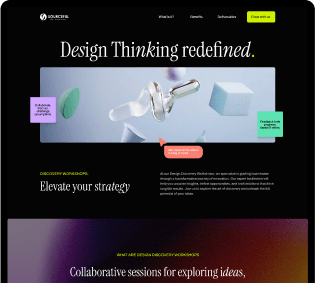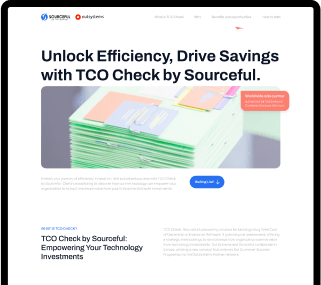

Insolvency management System
Business industry
Financials
Timeframes
From 2021 onwards
Looking for experts?
About this project
This Insolvency Management System allows trustees to quickly and efficiently settle accounts receivable. By leveraging a high level of automation, the process is streamlined, reducing the need for manual intervention and saving time and money. The DPS helps trustees to maximize recovery rates on accounts receivable. By using data analytics and machine learning algorithms, the solution can identify the most promising accounts and prioritize collections efforts, resulting in higher recovery rates. It also provides increased transparency into the accounts receivable collection process. Trustees can easily track the progress of collections efforts and monitor recovery rates, providing greater visibility and control.
Challenges
By leveraging this system, trustees can reduce the risk of errors and fraud. The solution can identify potential discrepancies in the data and flag potential fraudulent activity, reducing the risk of losses.
Features
01
Assessment and Evaluation
The first step in insolvency management is to assess the financial situation of the company and determine the extent of the insolvency. This involves a thorough evaluation of the company's assets, liabilities, cash flow, and financial records. Professional insolvency practitioners, such as insolvency lawyers or licensed insolvency practitioners, may be engaged to provide expertise and guidance during this process.
02
Legal and Regulatory Compliance
Insolvency management must comply with applicable laws and regulations governing insolvency proceedings in the relevant jurisdiction. This includes adherence to bankruptcy or insolvency laws, filing necessary legal documents, and fulfilling reporting and disclosure requirements to relevant authorities.
03
Restructuring and Turnaround
In some cases, a company facing insolvency may explore restructuring options to return to financial viability. This may involve negotiating with creditors for debt restructuring, refinancing arrangements, or implementing operational changes to improve profitability and cash flow. The goal is to develop a viable plan that allows the company to continue its operations and repay its debts over a specified period.
04
Liquidation and Asset Realization
If restructuring efforts are not feasible or unsuccessful, the company may proceed with liquidation. Liquidation involves the orderly sale of the company's assets to generate funds that can be distributed among creditors. This may involve selling assets individually, auctioning off inventory, or conducting a going-out-of-business sale. The proceeds are distributed according to the priority of claims as defined by the insolvency laws.
05
Communication and Stakeholder Management
Throughout the insolvency process, effective communication with stakeholders is crucial. This includes creditors, employees, shareholders, suppliers, and customers. Clear and transparent communication helps manage expectations, mitigate uncertainties, and maintain relationships with key stakeholders.
06
Dispute Resolution and Legal Proceedings
Insolvency management may involve resolving disputes and legal proceedings that arise during the process. This could include litigation related to outstanding debts, claims, or challenges to the insolvency proceedings. Insolvency practitioners or legal professionals may provide guidance and representation in such matters.
07
Closure and Post-Insolvency Considerations
Once the insolvency process is completed, the company may be dissolved, and its operations cease. Post-insolvency considerations may involve the winding-up of legal and administrative matters, finalizing financial statements, and addressing any remaining legal or contractual obligations.






